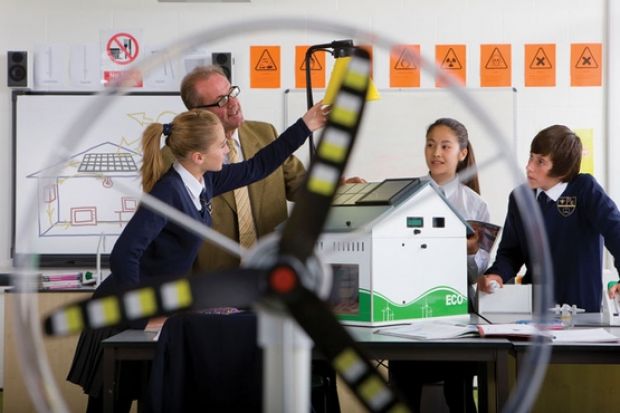Drawing on data which followed 3,000 young people through school from the age of three, researchers at the University of Oxford found just 33 per cent of poorer pupils who did well at the age of 11 went on to take a “facilitating subject” at A level.
Students hoping to attend a research intensive university are recommended to take at least one of the subjects, such as maths, English and modern languages, because they are seen to provide a good preparation for university-level study.
The study, titled Subject to Background: What Promotes Better Achievement for Bright but Disadvantaged Students?, was undertaken in partnership with the Sutton Trust, an educational charity which aims to get more poorer students into Russell Group universities and other selective institutions.
It shows that 58 per cent of students from richer areas took at least one facilitating subject.
The study also says that poorer students were more likely to gain good A-level results when they experience “academic enrichment” activities at home from the age of 11, including going on trips to museums and galleries, and reading for pleasure.
When they get into the habit of daily homework, students are nine times as likely to get three A levels, it adds.
Sir Peter Lampl, chairman of the Sutton Trust, said it was vital that “opportunities for academic enrichment outside school are available to all students”.
“The fact that bright disadvantaged students fall so far behind when they reach their A levels shows that government and schools urgently need to do more to support able students from less advantaged homes,” said Sir Peter.
“It is also vital that schools advise their students on the right subject choices at GCSE and A level so as to maximise their potential,” he said.
Pam Sammons, co-author of the report, said the study contains “important lessons” for teachers and policymakers seeking to reduce the equity gap in attainment.
“There is no silver bullet that alone can make a difference but a combination of good schools and pre-schools, the right home learning environment and supportive teachers ready to monitor progress and provide good feedback can all ensure that bright but disadvantaged students get the chance of a good university education.”
Register to continue
Why register?
- Registration is free and only takes a moment
- Once registered, you can read 3 articles a month
- Sign up for our newsletter
Subscribe
Or subscribe for unlimited access to:
- Unlimited access to news, views, insights & reviews
- Digital editions
- Digital access to THE’s university and college rankings analysis
Already registered or a current subscriber? Login




